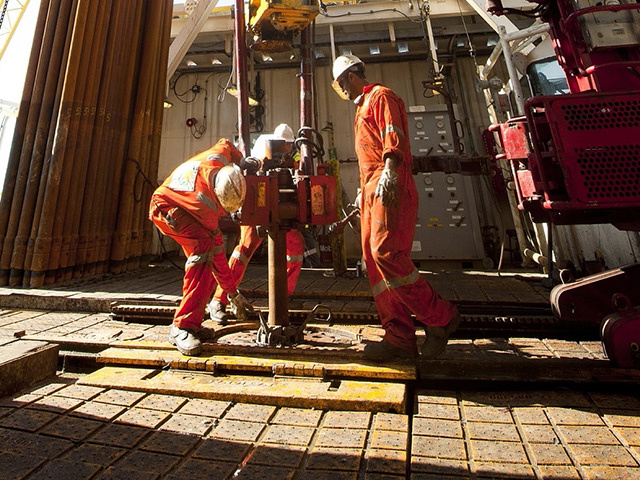
While the crash in oil prices has eroded the Norwegian government’s income from crude production and taxes, it could count on one source of income to remain unaffected: the state’s dividends from Statoil ASA.
That’s about to change, and could deepen the government’s first-ever withdrawal from its $810 billion wealth fund, which is already under pressure from the unrelenting crude rout.
Statoil last week offered to pay shareholders in stock — a so-called scrip dividend. The government, which owns 67 percent of the oil company, backs the plan and said it will opt for stock dividends as necessary to keep its stake unchanged. That means the transfer of cash to the government will be reduced if other shareholders choose to get paid in equity.
“We’ve assumed 50 percent” of the dividend will now be paid in equity, Trond Omdal, an analyst at Pareto Securities AS, said in an e-mail. “But it could probably be even higher.”
That’s bad news for the world’s biggest wealth fund, which over the past decade has used fresh inflows for large shifts in strategy. It’s also bad news for global markets, which have reeled this year, in part amid a sell off from petro-fueled wealth funds. The head of the Norwegian fund, Yngve Slyngstad, in November said the investors was now selling off its government bond portfolio to fund new real estate purchases.
Nordea Bank, the largest Nordic lender, calculated last week that because of the plunge in crude prices the government may this year need to take out as much as 57 billion kroner from the fund, compared with a government projection for a 5 billion kroner withdrawal.
But that doesn’t include the potential for lower cash dividends from Statoil.
If Omdal’s assessment is right, the government will get $940 million less in cash from Statoil, or about 8 billion kroner, in the four quarters through the end of September, during which the company has said it intends to keep the dividend at 22 cents a quarter.
“It’s very hard to say” what proportion of the dividends will be paid out in shares, Statoil Chief Financial Officer Hans Jakob Hegge said last week after a presentation in London. “We’ve seen others do this and get a varying response from quarter to quarter.”
To be sure, the wealth fund will be more than able to cover such a withdrawal with the about 200 billion kroner it expects to receive in dividends, interest and rental fees it makes from its holdings in equities, bonds and real estate.
Still, less inflows and, even worse, withdrawals, mean the fund’s strategic shifts will be slowed down.
